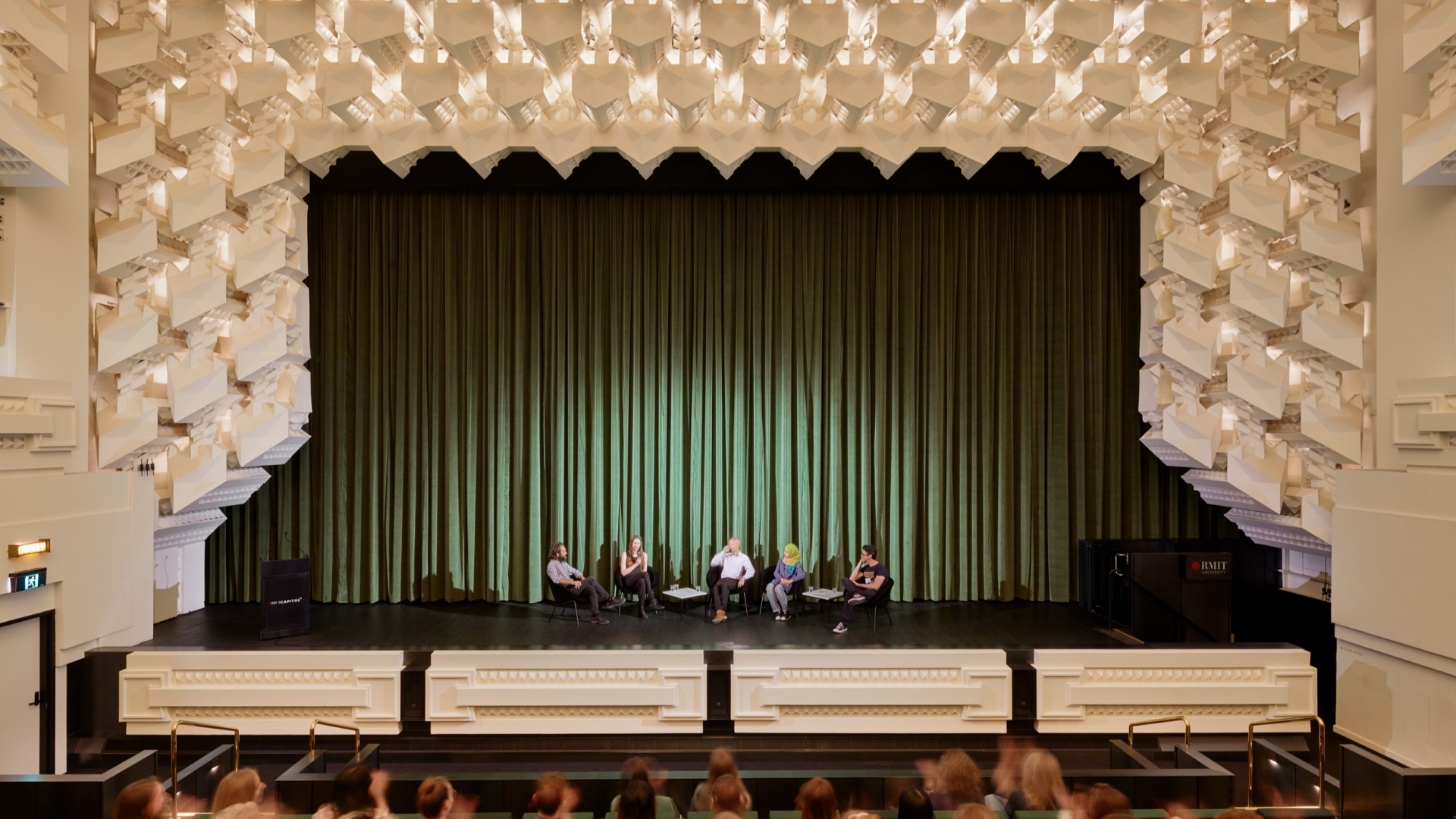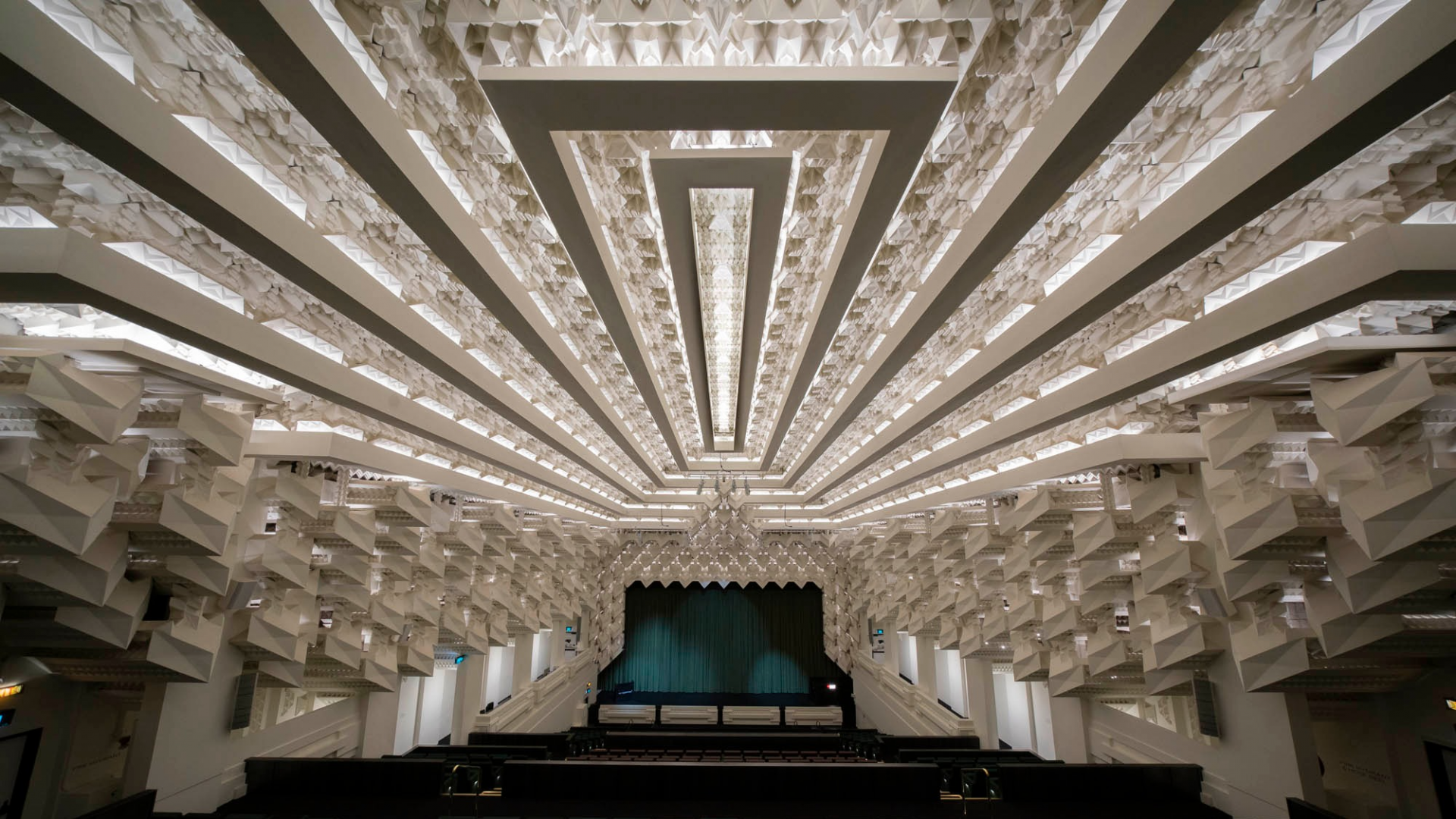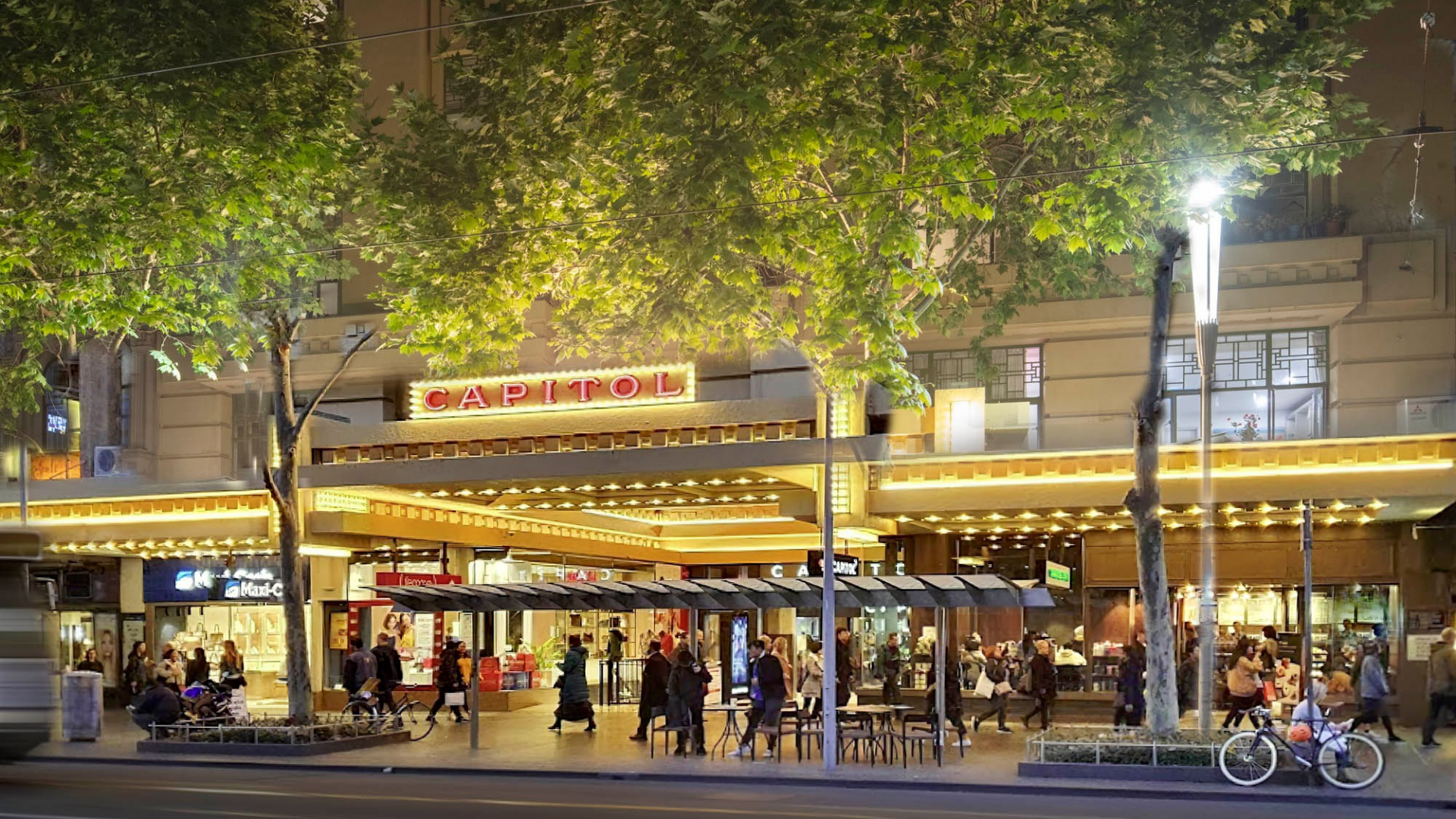Past Futures: Soylent Green (1973) + Green Renaissance Conversation Past Event
Speculations on the future of food and farming with a Green Renaissance conversation and a screening of Richard Fleischer’s dystopian classic Soylent Green (1973).
6.00pm Green Renaissance panel talk:
To complement the Green Renaissance exhibition running at Queen Victoria Market, this panel discussion will speculate on the future of food and farming given predictions that the world could run out of quality topsoil in 60 years time.
Topsoil is the non-renewable resource we currently rely on to grow 95 percent of our food. Intensive farming practices and anthropogenic activities are in general to blame for the diminishment of this essential material. How will we feed ourselves when it runs out?
Moderated by Dr Ollie Cotsaftis, this speculative conversation features David Holmgren, environmental designer and co-originator of the permaculture concept; University of Melbourne Associate Professor Alex Johnson, a researcher in the fields of plant nutrition and bio-fortification; and RMIT University Dr Pirjo Haikola, a designer and a researcher working on regenerative marine design projects, and whose current work Urchin Corals is exhibited at the NGV Triennial.
7.30pm Soylent Green screening:
Richard Fleischer’s dystopian classic Soylent Green was made in 1973 but set in the ever-closer year 2022, when the cumulative effects of overpopulation, pollution and climate change have caused severe worldwide shortages of food.
In a densely overpopulated, starving New York City of the future, NYPD detective Robert Thorn (Charlton Heston) investigates the murder of an executive at rations manufacturer Soylent Industries, who control half the world’s food supply with artificially produced wafers. Only the elite can afford spacious apartments, clean water, and natural food – at inflated prices. The air is thick and green, and conscientious citizens don face masks when outside. Soylent Industries’ latest product is the nutritious ‘Soylent Green’, supposedly made from ocean plankton, but it’s in short supply, and hungry rioters take to the street, as the plot, and the air thickens.
Both film and panel ask: how will we feed ourselves in the not-too-distant future?
1973, 97 min, M, DCP, United States, English/Spanish, Director Richard Fleischer, Cast Charlton Heston, Edward Robinson, Leigh Taylor-Young, Courtesy Roadshow
Early arrivals before the panel discussion are invited to explore the exhibitions in the upstairs Salon, Lounge and Loft (first in best dressed for exhibition viewing prior to the film due to capacity limits).
This film is part of The Capitol‘s Past Futures film program curated by Ghita Loebenstein and Michelle Carey.
In Past Futures we look at imagined dystopias and utopias that made their way into the collective conscious – into the design of now – and consider what might be in the making to come.
Videos
PAST FUTURES
Dystopias, Utopias and Back to Futurism on Screen
What futures were past filmmakers imagining for our present world? And did those sci fi prophesies come true? All dreamers and designers start from a place of deep imagining.
In Past Futures we look at imagined dystopias and utopias that made their way into the collective conscious – into the design of now – and consider what might be in the making to come.
In our selection of sci fi visionaries, some classic, others populist, and still others perhaps idiosyncratic, we look away from the stuff of shiny space wars, and towards a survey of the social, political, technological, environmental, interpersonal and existential prophesies dreamed onto the cinema screen over the last century.
To paraphrase Roger Ebert, these films offer “an arsenal of images for imagining the world.”
What worlds were filmmakers of the past envisioning for today? Which of these past-futures have materialised in shades of our lived realities? What do modern utopias and dystopias look like? Can cinema help us collectively design a world we want to see?
In curating this series my co-curator, Michelle Carey, and I considered the future worlds that filmmakers were envisioning in the past. In our selection you’ll find distinct visions from pasts that vary in length from way back to cinema’s silent beginnings, to just a moment or two ago.
The curated titles awakened a curiosity in us by way of each film’s aesthetic and philosophical design, some quixotic and wildly ambitious, others comparatively domestic while still suggesting a collective turn in consciousness or new ways of seeing and being.
Our present is very much felt and reflected in these past futures. What future visions are we projecting on screen, now?
Ghita Loebenstein, Creative Producer, The Capitol – RMIT University





